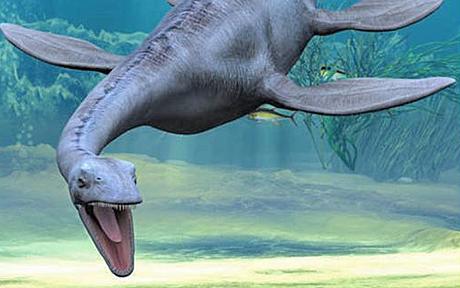OF THE
TIMES
He who learns must suffer, and, even in our sleep, pain that cannot forget falls drop by drop upon the heart, and in our own despair, against our will, comes wisdom to us by the awful grace of God.
the Morlocks/Underworlders meet to decide the future of the Eloi.....but as weak and uninterested as they are, are happy, as long as they continue...
I got news for all you humans out there, the mini ice age (70 yrs or so duration) is starting due to the grand solar minimum, as the Russian...
Is it possible that this is another part of the not-so-great reset? There are not that many companies making commercial jets. If Boeing goes down,...
Sometimes you have to have courage to do thing unpopular and say things "undesired" in the moment for the sake of principle. So seems some...
"Gene therapy" is like trying to fix a design flaw of a car engine by knocking on the noisy bits with a hammer.
To submit an article for publication, see our Submission Guidelines
Reader comments do not necessarily reflect the views of the volunteers, editors, and directors of SOTT.net or the Quantum Future Group.
Some icons on this site were created by: Afterglow, Aha-Soft, AntialiasFactory, artdesigner.lv, Artura, DailyOverview, Everaldo, GraphicsFuel, IconFactory, Iconka, IconShock, Icons-Land, i-love-icons, KDE-look.org, Klukeart, mugenb16, Map Icons Collection, PetshopBoxStudio, VisualPharm, wbeiruti, WebIconset
Powered by PikaJS 🐁 and In·Site
Original content © 2002-2024 by Sott.net/Signs of the Times. See: FAIR USE NOTICE

Reader Comments
to our Newsletter